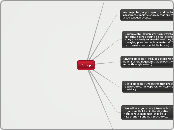av Christina Martin för 13 årar sedan
806
Fungi
Various fungal groups exhibit distinct characteristics and ecological roles. Ascomycota, the largest group, produces meiotic spores called ascospores within a sac-like structure known as an ascus.

av Christina Martin för 13 årar sedan
806

Mer av detta